Home>Gardening & Outdoor>Landscaping Ideas>How Often To Water My Grass In The Winter
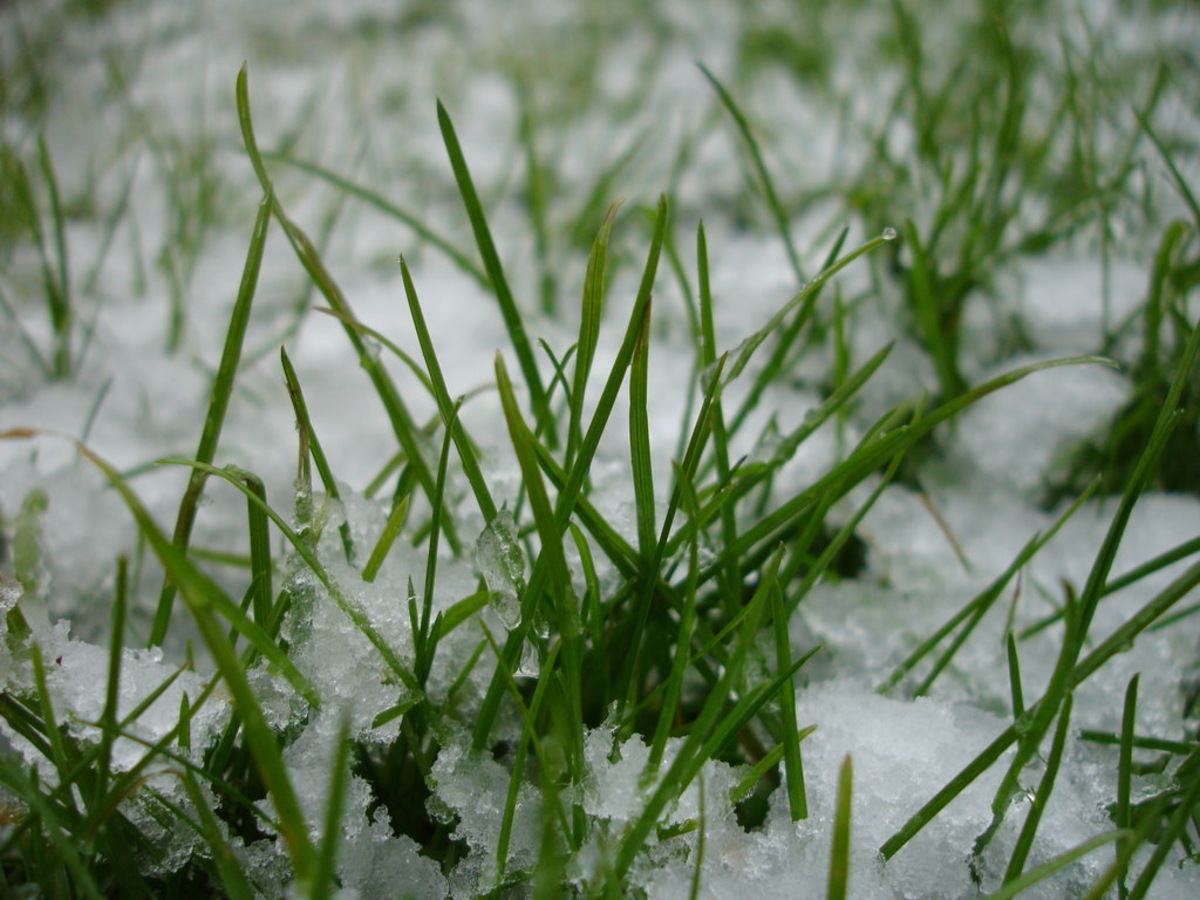

Landscaping Ideas
How Often To Water My Grass In The Winter
Modified: January 26, 2024
Discover expert landscaping ideas for watering your grass in the winter. Learn how often to water and keep your lawn healthy and green all season long.
(Many of the links in this article redirect to a specific reviewed product. Your purchase of these products through affiliate links helps to generate commission for Storables.com, at no extra cost. Learn more)
Introduction
When winter arrives, the care and maintenance of your lawn may not be at the forefront of your mind. However, it's crucial to understand that your grass still requires attention, particularly when it comes to watering. Many homeowners assume that because the temperatures are cooler and the growth of grass has slowed down, watering is unnecessary. Contrary to this belief, winter watering is a critical aspect of lawn care that is often overlooked.
In this article, we will delve into the importance of winter watering for your grass and provide valuable insights into how often you should water your lawn during the winter months. By understanding the significance of winter watering and learning the best practices, you can ensure that your grass remains healthy and vibrant, ready to flourish when spring arrives.
Let's explore the nuances of winter watering and equip you with the knowledge needed to maintain a lush, resilient lawn throughout the colder months.
Key Takeaways:
- Don’t forget to water your grass in the winter! Even though it’s cold, your grass still needs moisture to stay healthy and vibrant.
- Keep an eye out for signs of dehydration in your winter grass, like discoloration and stunted growth. By watering strategically, you can help your lawn thrive even in the colder months.
Read more: How Often To Water Grass In Florida Winter
Understanding Winter Watering
Winter watering is a crucial component of maintaining a healthy lawn, even during the colder months. While it may seem counterintuitive to water your grass when the temperatures drop, several factors contribute to the necessity of winter watering. Understanding these factors is essential for grasping the significance of this practice.
During winter, the reduced daylight hours and lower temperatures lead to a slowdown in the metabolic processes of grass. This slowdown results in decreased water uptake and utilization by the grass. Additionally, the presence of frost, snow, or ice can create a barrier that inhibits the absorption of moisture by the soil. As a result, the grass may experience dehydration and stress, which can have detrimental effects on its health and resilience.
Furthermore, certain regions experience extended periods of drought during the winter months. This lack of precipitation, coupled with the factors mentioned earlier, can significantly impact the moisture levels in the soil and the overall hydration of the grass. Without adequate water, the grassroots may become weak and susceptible to damage, making the lawn more prone to issues such as thatch buildup and pest infestations.
By comprehending the impact of winter conditions on your lawn, you can acknowledge the necessity of winter watering as a means of mitigating potential damage and promoting the vitality of your grass. Embracing this understanding sets the stage for implementing effective winter watering practices that cater to the specific needs of your lawn during this season.
Factors Affecting Winter Watering
Several factors come into play when determining the watering needs of your lawn during the winter season. Understanding these influences is essential for devising an effective winter watering regimen that caters to the specific requirements of your grass. By considering the following factors, you can make informed decisions regarding the frequency and volume of winter watering for your lawn.
- Temperature: The ambient temperature significantly impacts the rate of evaporation and moisture retention in the soil. Warmer winter days may necessitate more frequent watering to compensate for increased evaporation, while colder temperatures may result in longer intervals between watering sessions.
- Soil Type: The composition of your soil, whether it is sandy, loamy, or clay-based, affects its water retention capabilities. Sandy soils drain more rapidly and may require more frequent watering, whereas clay soils retain moisture for longer periods.
- Grass Type: Different grass species have varying water requirements. Warm-season grasses may enter dormancy during winter and require minimal watering, while cool-season grasses may remain actively growing and need more consistent moisture.
- Precipitation: Monitoring the frequency and volume of natural precipitation is crucial. If your region experiences sporadic or minimal rainfall during winter, supplemental watering becomes imperative to maintain adequate soil moisture levels.
- Wind: Windy conditions can accelerate moisture loss from the soil and grass blades, necessitating adjustments to your watering schedule to counteract this effect.
- Thawing and Freezing Cycles: Areas subject to fluctuating temperatures and frequent thawing and freezing cycles may experience soil compaction, which can impede water penetration. Understanding these cycles can aid in adapting your watering practices to mitigate potential issues.
By taking these factors into account, you can tailor your winter watering approach to align with the unique characteristics of your lawn and the prevailing environmental conditions. This thoughtful consideration ensures that your grass receives the appropriate amount of moisture to thrive during the winter months, contributing to its overall health and resilience.
Signs of Dehydration in Winter Grass
Identifying the signs of dehydration in winter grass is crucial for implementing timely and effective watering practices. While winter may evoke images of snow-covered landscapes, the reality is that many regions experience dry and arid conditions during this season. As a result, grass can suffer from dehydration, manifesting visible indicators that necessitate prompt attention.
Understanding the following signs of dehydration in winter grass empowers homeowners to proactively address the moisture needs of their lawns:
- Discoloration: Dehydrated grass often exhibits a dull, bluish-gray hue, signaling its distress. This discoloration is particularly noticeable in patches or specific areas of the lawn.
- Stunted Growth: Inadequate moisture impedes the growth and development of grass, leading to stunted or dormant patches that contrast with healthier areas of the lawn.
- Thinning and Wilting: Dehydrated grass may appear sparse and exhibit wilting or drooping, indicating its inability to maintain turgidity and healthy foliage.
- Footprint Retention: When walking across the lawn leaves lingering footprints that do not rebound, it is a clear indication of insufficient soil moisture and grass dehydration.
- Increased Vulnerability to Stress: Dehydrated grass becomes more susceptible to stressors such as foot traffic, cold temperatures, and pest infestations, further compromising its resilience.
By remaining vigilant for these signs, homeowners can intervene with targeted winter watering to alleviate dehydration and restore the vigor of their grass. Additionally, prompt recognition of these indicators enables proactive measures to prevent long-term damage and promote the overall health of the lawn.
Understanding and responding to the signs of dehydration in winter grass is pivotal in nurturing a lush and resilient lawn, ensuring that it emerges from the winter season ready to thrive in the forthcoming spring.
Water your grass in the winter only when the soil is dry and there is no snow cover. Overwatering can lead to disease and root rot. It’s best to water deeply and infrequently to encourage deep root growth.
How Often to Water Winter Grass
Determining the frequency of winter watering for your grass involves a thoughtful approach that considers various factors to meet the specific needs of your lawn. While the general rule of thumb suggests less frequent watering during winter, tailored considerations are essential to ensure that your grass receives adequate moisture without promoting excessive saturation or moisture-related issues.
Factors to consider when establishing a winter watering schedule include:
- Soil Moisture Levels: Assess the moisture content of the soil to gauge the necessity of watering. Dry or parched soil indicates the need for supplemental moisture, while overly wet soil signals a need to adjust the watering frequency.
- Grass Type and Condition: Consider the type of grass in your lawn and its current state. Cool-season grasses may require more frequent watering if they remain actively growing, while warm-season grasses in dormancy may need minimal moisture.
- Weather Patterns: Monitor weather forecasts and seasonal conditions to adapt your watering schedule accordingly. Extended periods of dry, windy, or unseasonably warm weather may prompt more frequent watering sessions.
- Evaporation and Runoff: Account for the rate of evaporation and the potential for runoff when determining the ideal timing and volume of winter watering. Watering during the late morning or early afternoon can minimize evaporation, while applying water in multiple short intervals prevents runoff.
Based on these considerations, a general guideline for winter watering may involve providing your lawn with moisture every 2-4 weeks, adjusting the frequency as needed based on the aforementioned factors. However, it is crucial to monitor the condition of your grass and the soil moisture levels regularly to fine-tune your watering schedule and ensure that your lawn remains adequately hydrated.
By striking a balance between providing sufficient moisture and preventing overwatering, you can safeguard the health and resilience of your winter grass, setting the stage for a vibrant and thriving lawn when the spring season arrives.
Tips for Winter Watering
Effectively managing winter watering for your lawn involves a combination of thoughtful practices and strategic considerations to optimize the health and vitality of your grass. By implementing the following tips, you can navigate the complexities of winter watering with confidence, ensuring that your lawn receives the care it needs to withstand the seasonal challenges and thrive when spring emerges.
- Choose the Right Time: Schedule your watering sessions during the late morning to early afternoon to minimize the risk of evaporation and maximize water absorption by the soil.
- Observe Soil Moisture: Regularly assess the moisture levels of the soil to determine the necessity of watering. Utilize a soil moisture meter or simply perform a manual inspection to gauge the dryness or saturation of the soil.
- Water Deeply and Infrequently: When watering, aim to provide deep moisture penetration rather than frequent shallow watering. Deep watering encourages the development of robust root systems, enhancing the resilience of the grass.
- Consider Weather Conditions: Adjust your watering schedule based on weather forecasts and seasonal patterns. Be mindful of unseasonably warm, dry, or windy conditions that may prompt the need for additional moisture.
- Minimize Runoff: To prevent water runoff, apply water in multiple short intervals, allowing the soil to absorb moisture effectively. This approach minimizes wastage and ensures optimal utilization of water.
- Utilize Mulch: Applying a layer of organic mulch around the base of grass can aid in moisture retention and insulation, supporting the soil’s ability to maintain adequate moisture levels during winter.
- Adjust Based on Grass Type: Tailor your watering practices to align with the specific needs of your grass type. Cool-season and warm-season grasses may require distinct approaches based on their dormancy or growth patterns.
- Monitor Foot Traffic: Limit foot traffic on the lawn during winter, as compacted soil can impede water penetration and negatively impact the health of the grass.
By integrating these tips into your winter watering regimen, you can nurture a resilient and vibrant lawn that remains healthy and prepared for the transition into the spring season. Thoughtful and proactive winter watering practices form the foundation for a lush and thriving lawn throughout the year.
Conclusion
Winter watering is a fundamental aspect of maintaining the health and vitality of your lawn, offering a protective shield against the challenges posed by the colder months. By recognizing the significance of winter watering and understanding the nuanced factors that influence this practice, homeowners can empower themselves to nurture resilient and vibrant grass throughout the winter season.
From monitoring soil moisture levels to identifying the signs of dehydration in winter grass, the attentive care and strategic approach to winter watering play a pivotal role in safeguarding the well-being of your lawn. By adjusting the frequency and volume of watering based on weather conditions, grass type, and soil moisture, you can tailor your winter watering regimen to meet the specific needs of your lawn, promoting its overall health and resilience.
Implementing strategic tips, such as scheduling watering sessions during optimal times, providing deep and infrequent moisture, and adjusting based on weather patterns, further enhances the effectiveness of winter watering. Additionally, the utilization of organic mulch and mindful consideration of foot traffic contribute to a comprehensive approach that fosters the vitality of your grass during the winter months.
By embracing the knowledge and best practices shared in this article, homeowners can embark on a journey of proactive and informed winter watering, ensuring that their grass emerges from the winter season ready to thrive in the forthcoming spring. The careful attention and thoughtful considerations dedicated to winter watering lay the groundwork for a lush and resilient lawn, enriching the outdoor landscape and providing a source of pride and enjoyment throughout the year.
With a deepened understanding of winter watering and a commitment to implementing strategic practices, homeowners can cultivate a landscape that flourishes in the face of winter’s challenges, setting the stage for a vibrant and thriving lawn in the seasons to come.
Frequently Asked Questions about How Often To Water My Grass In The Winter
Was this page helpful?
At Storables.com, we guarantee accurate and reliable information. Our content, validated by Expert Board Contributors, is crafted following stringent Editorial Policies. We're committed to providing you with well-researched, expert-backed insights for all your informational needs.

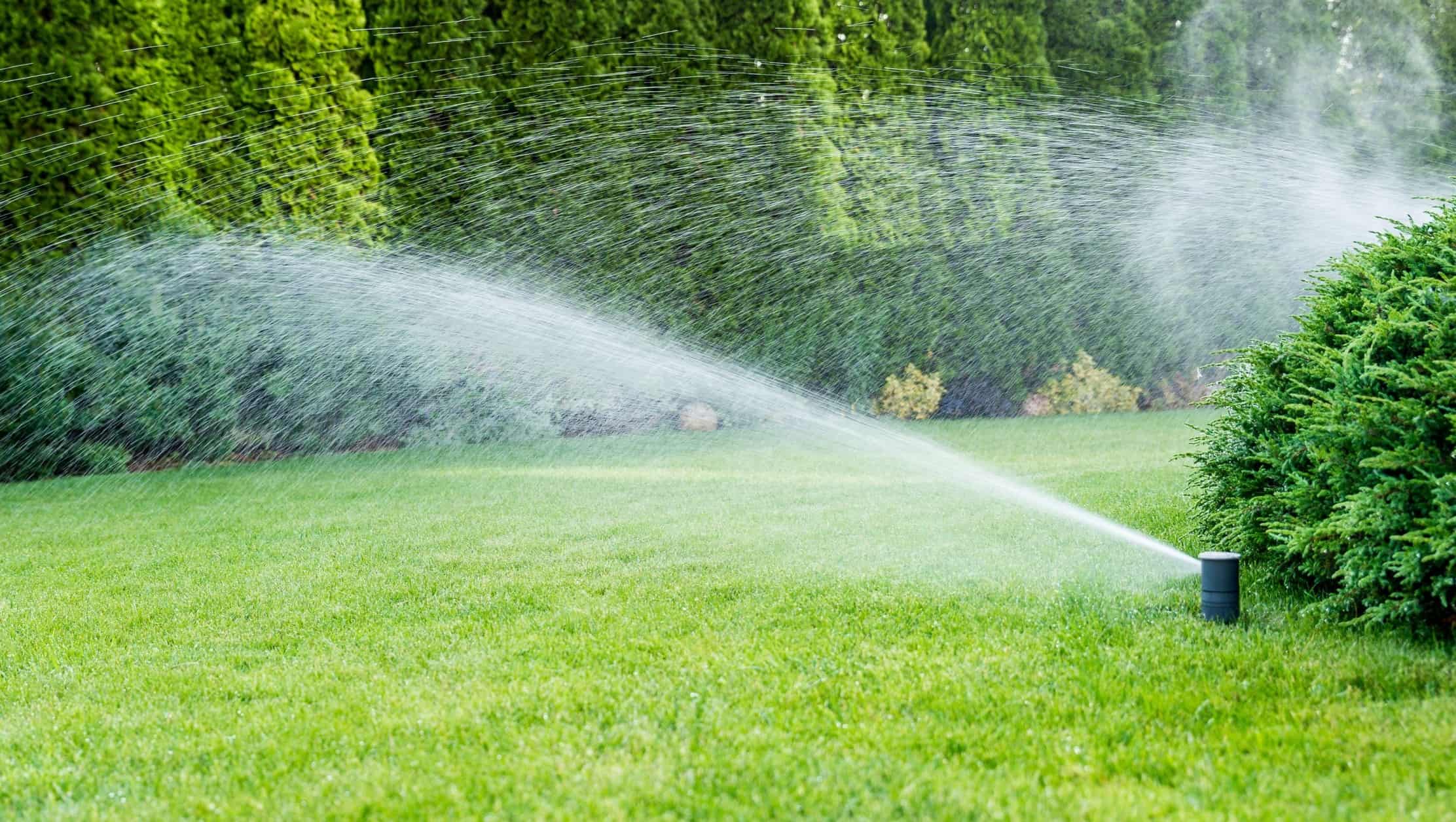
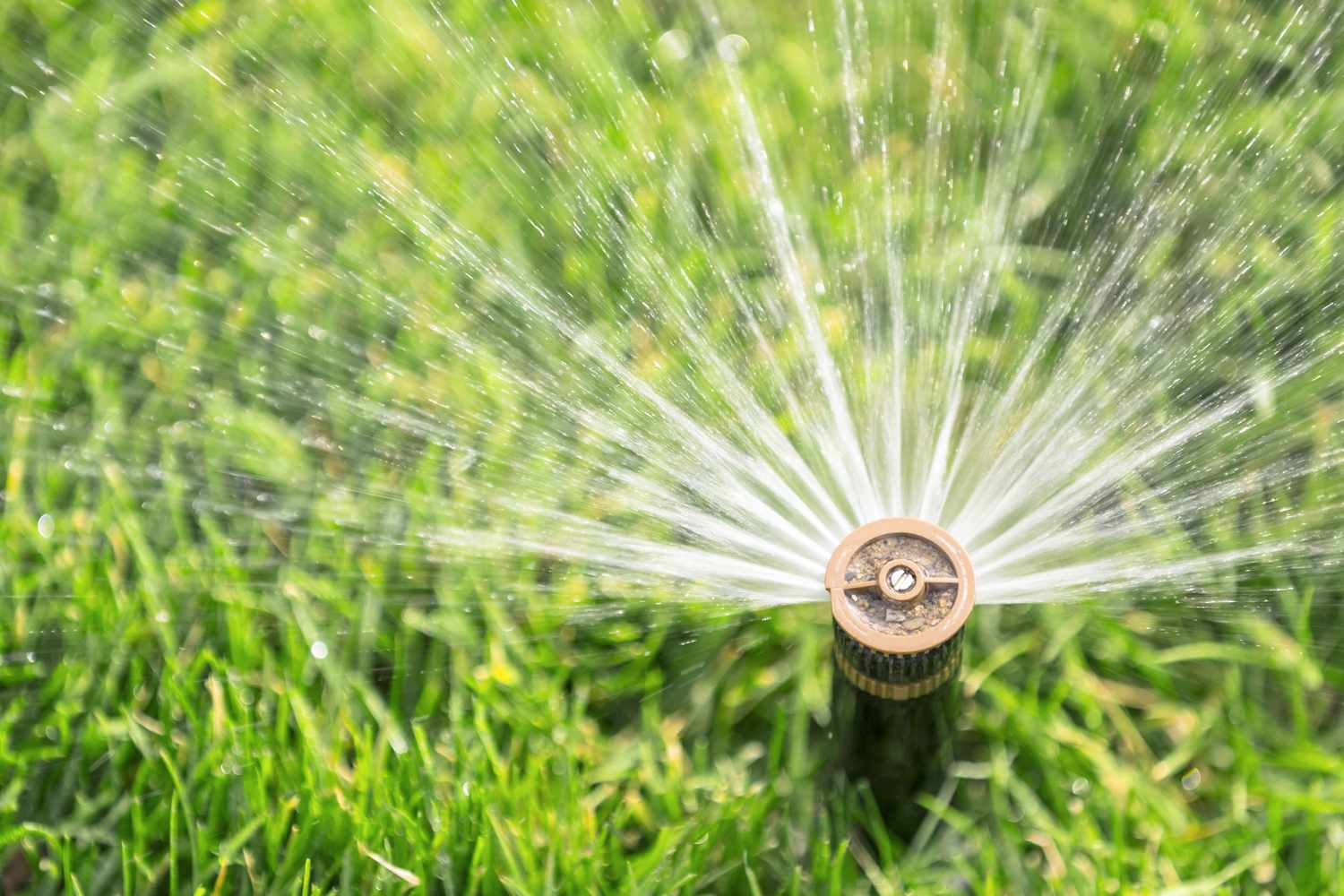
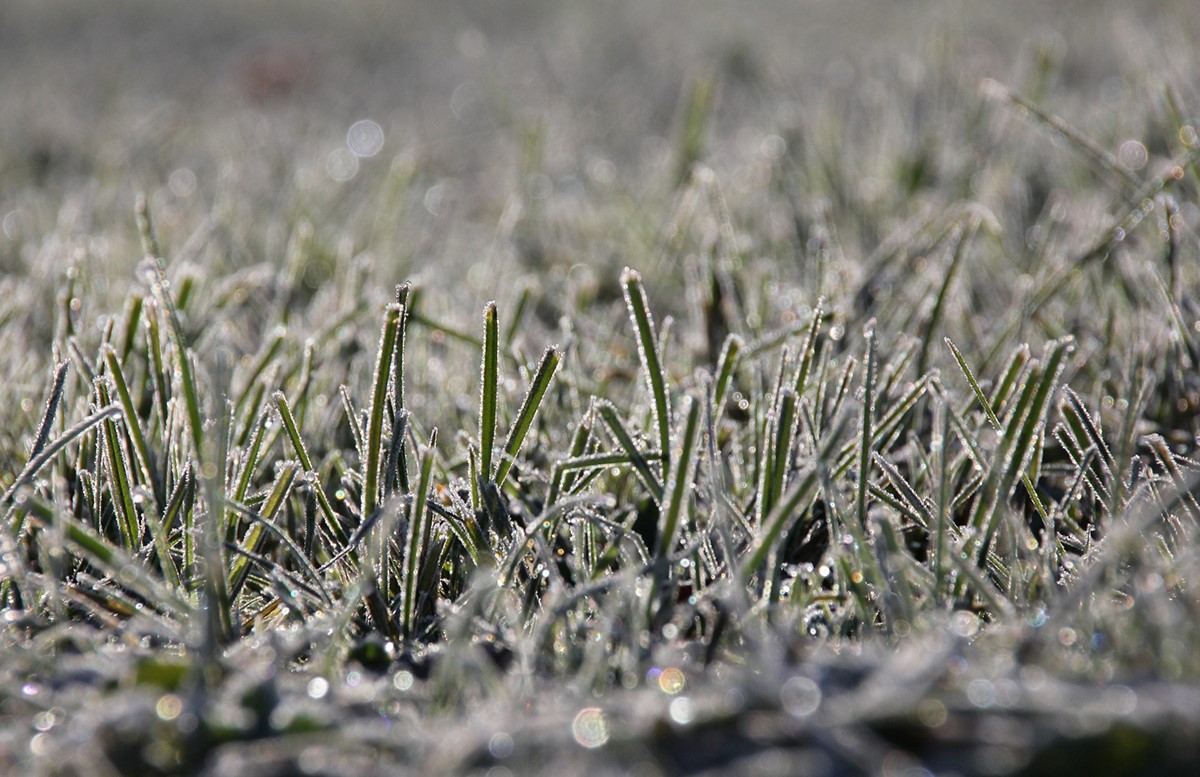
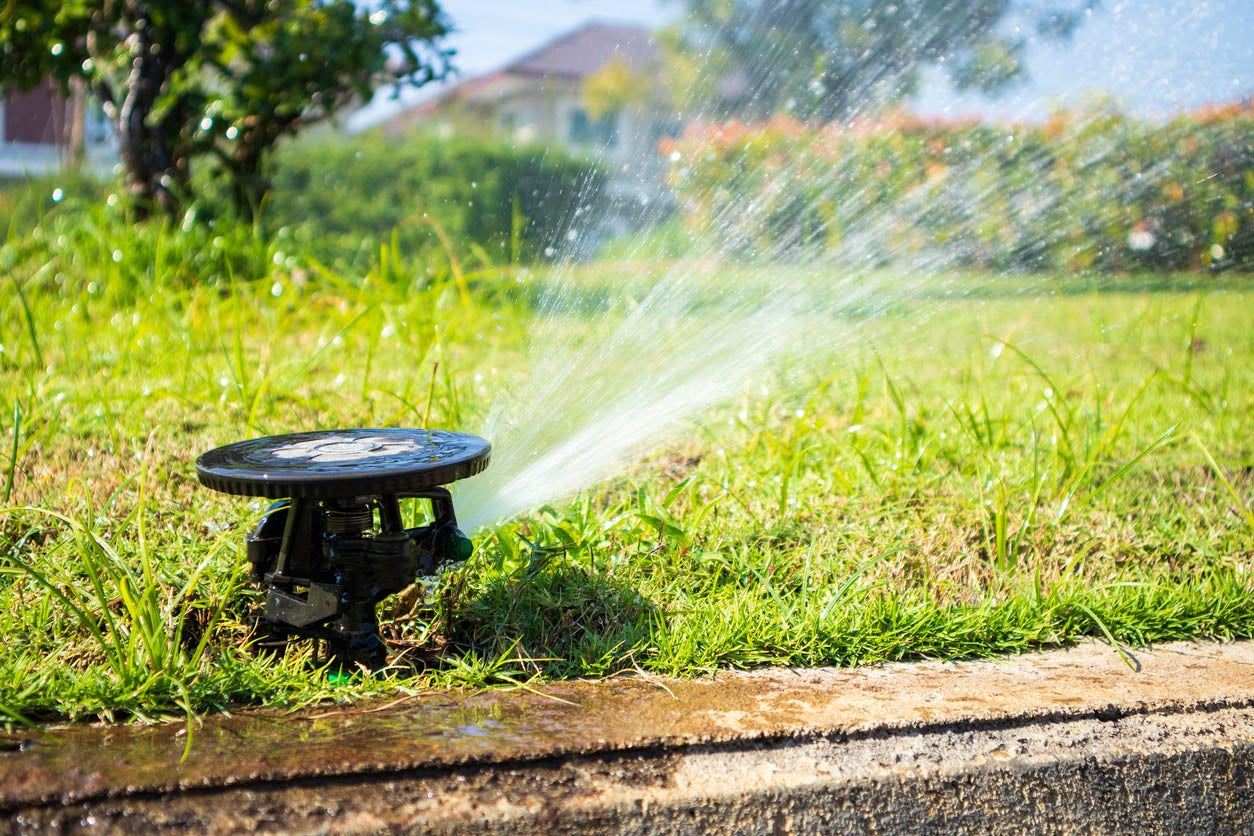
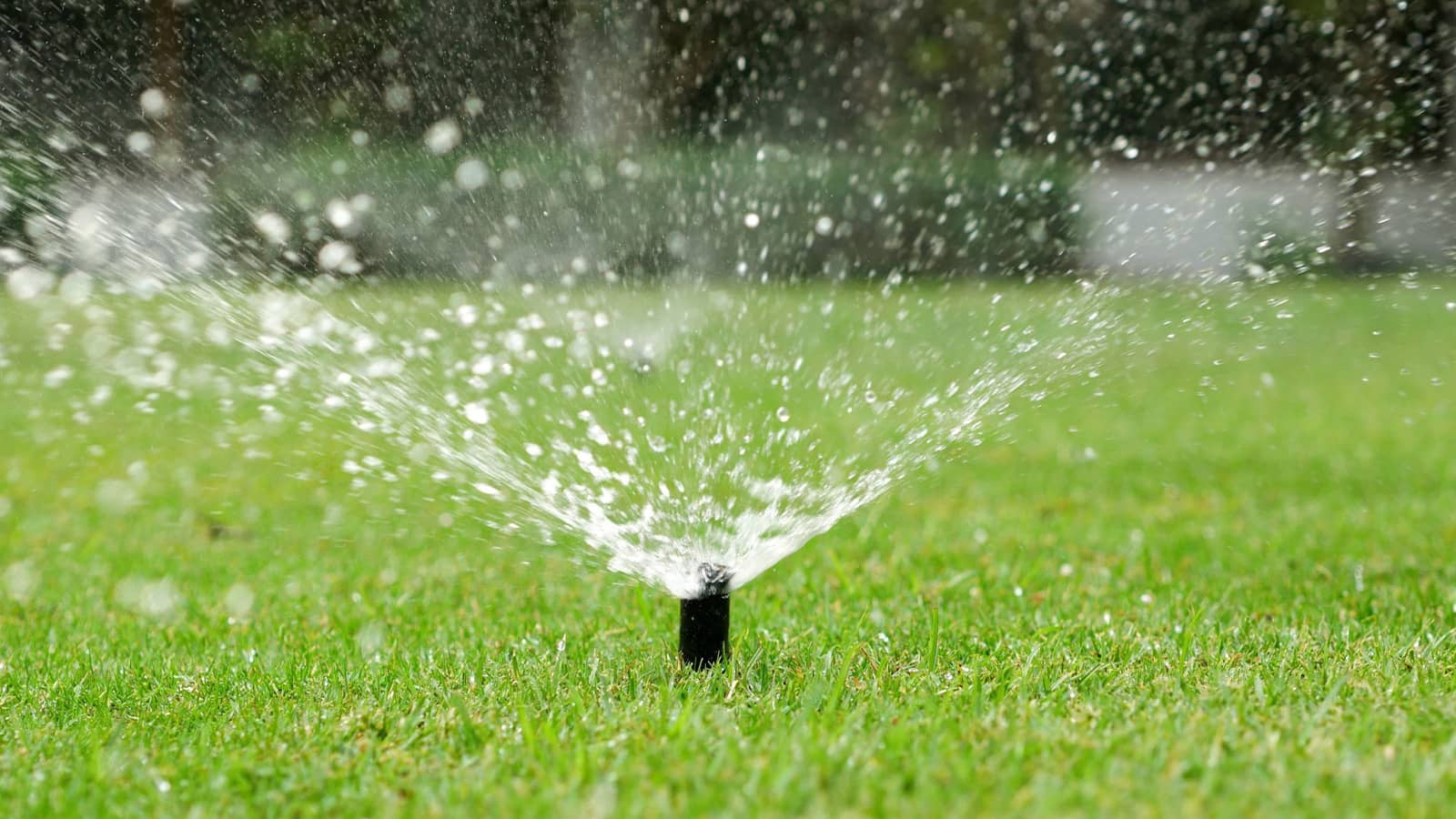
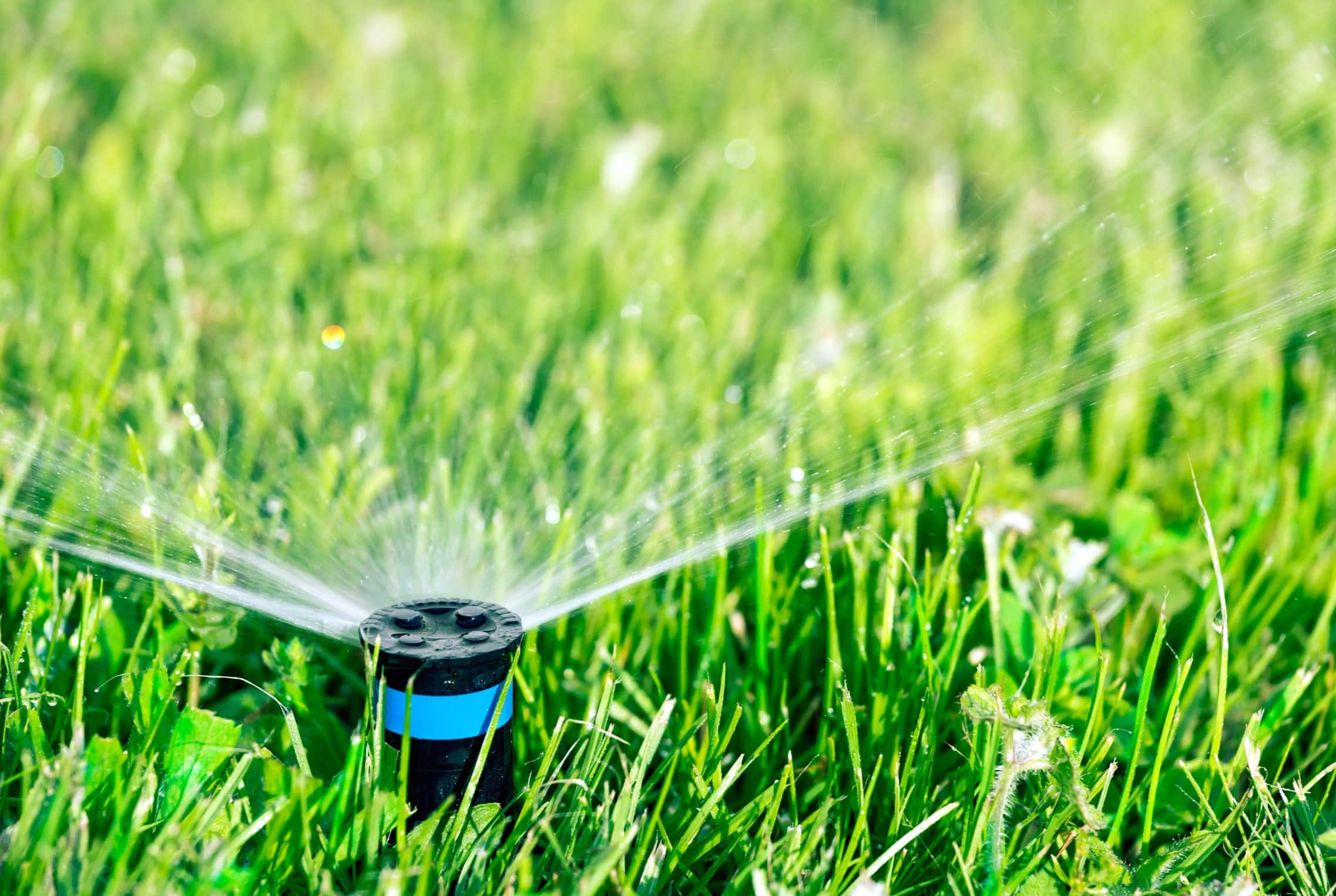
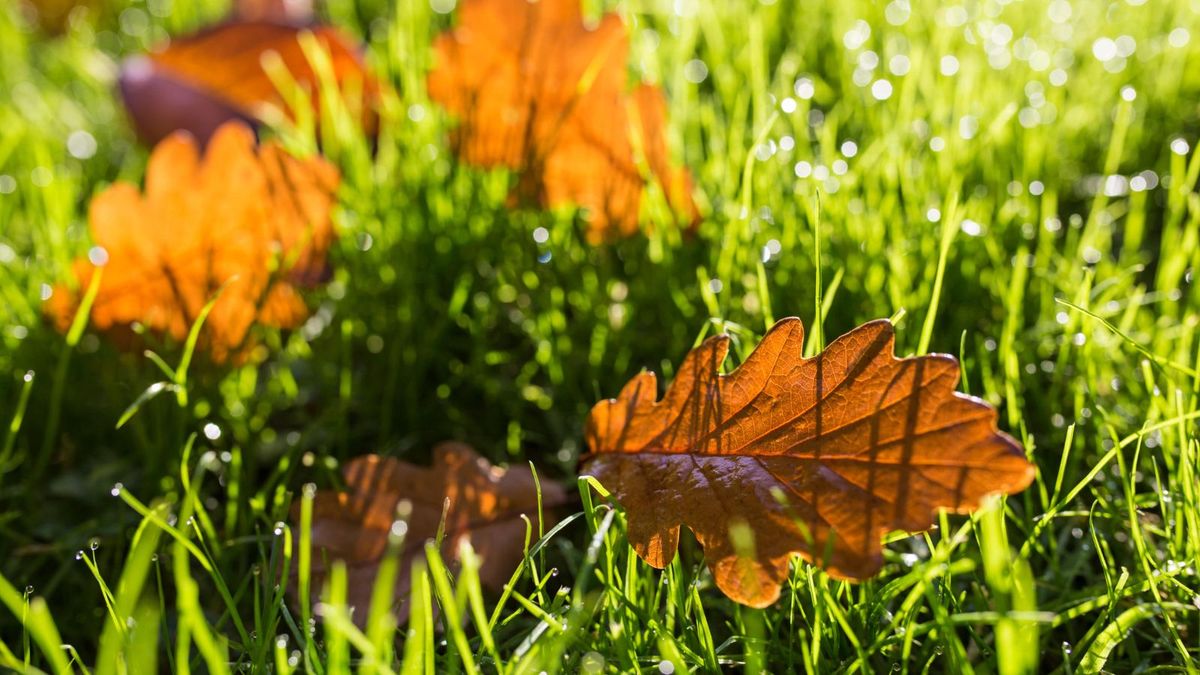
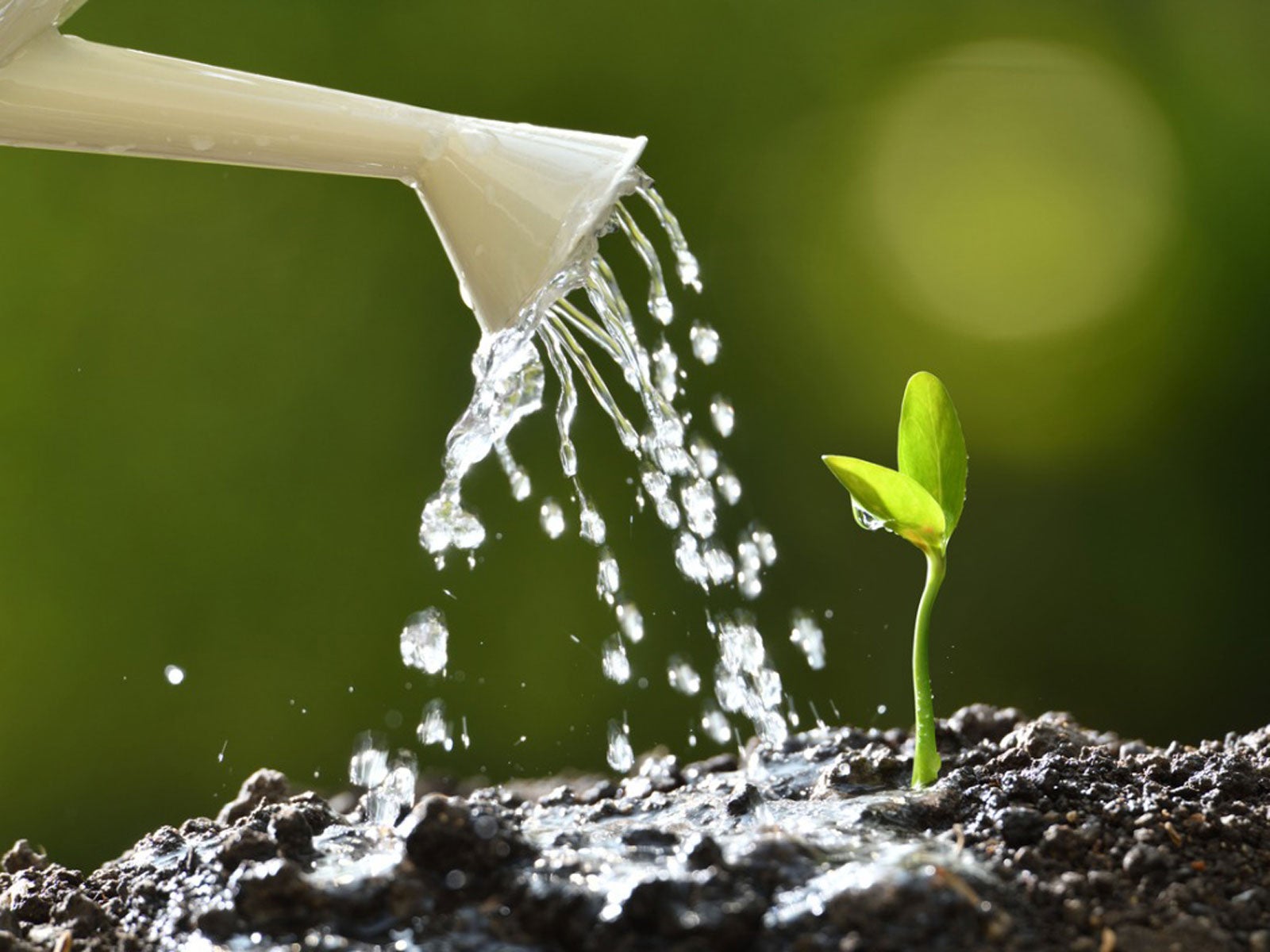
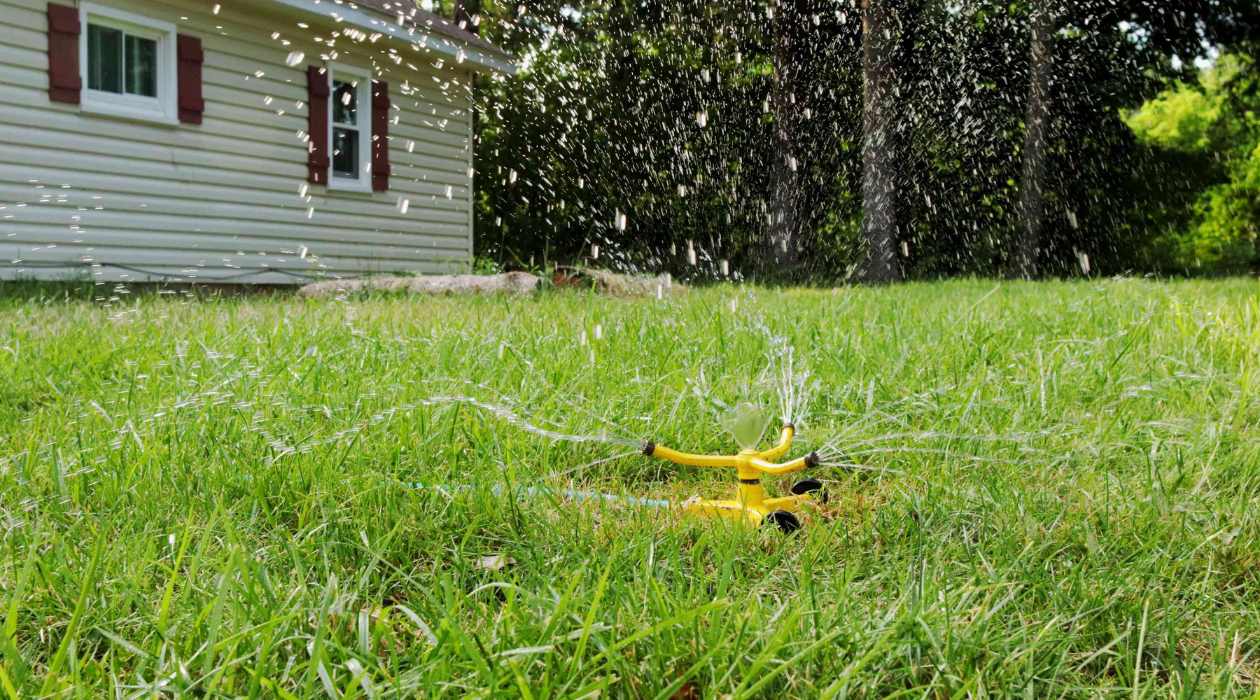
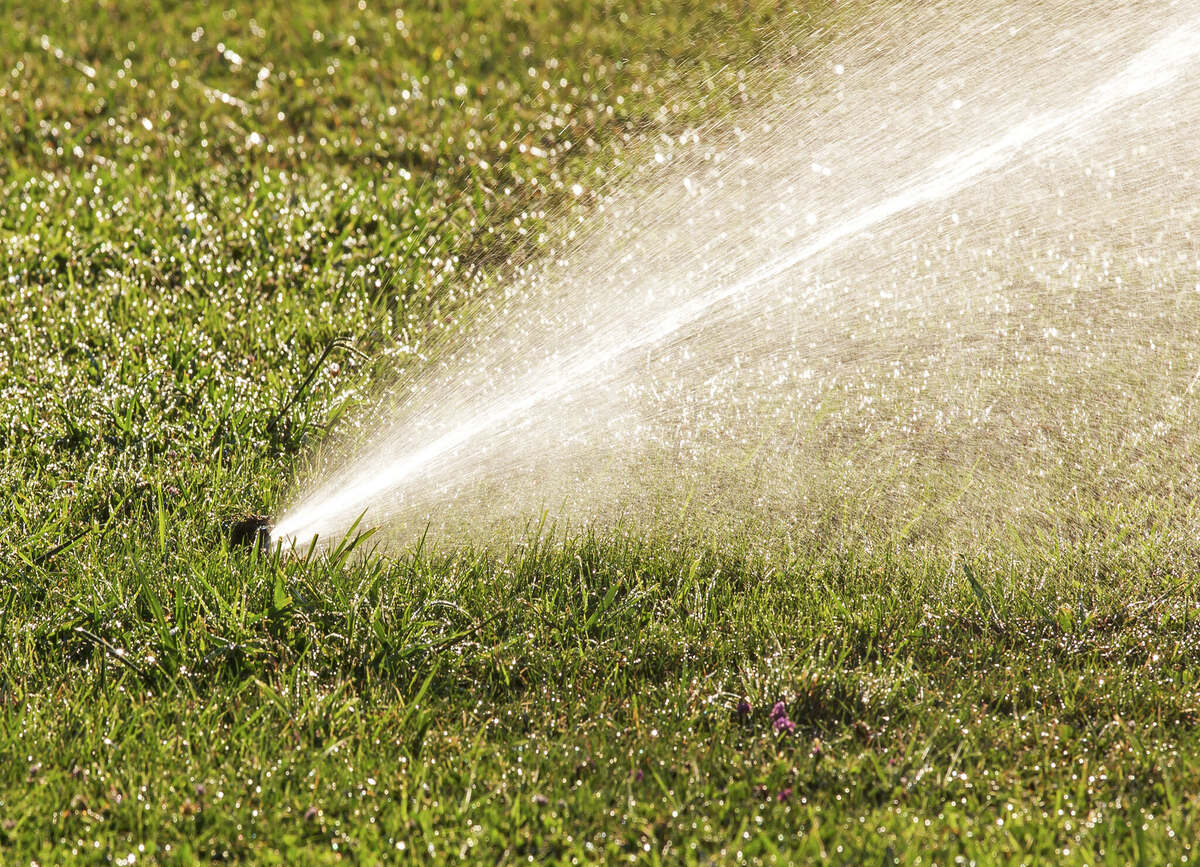
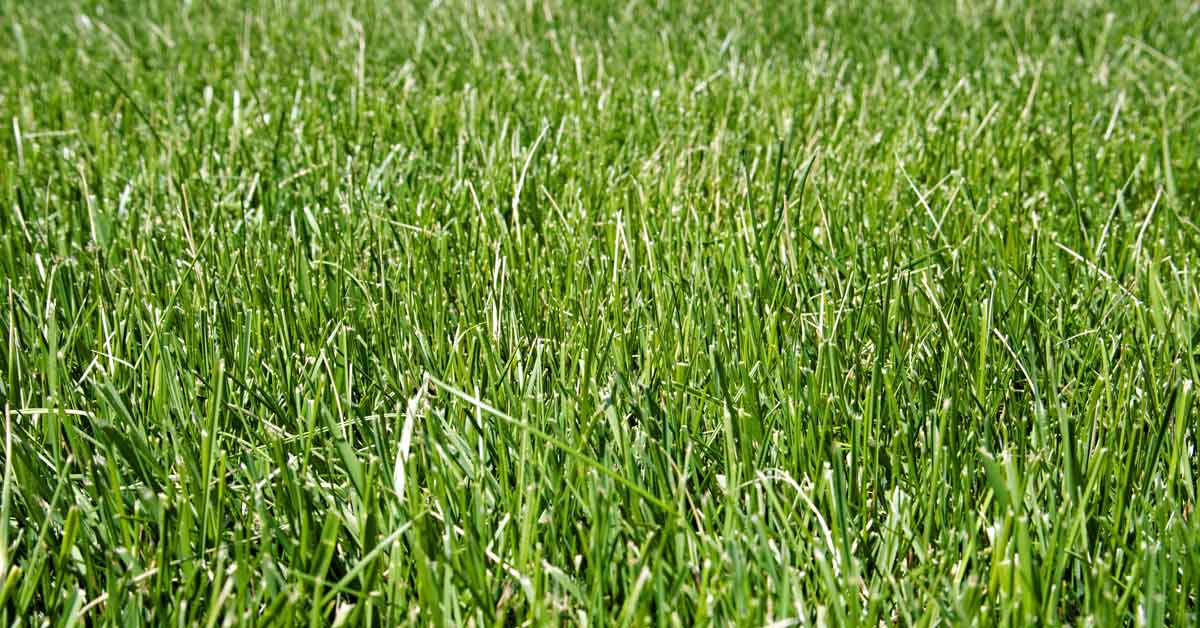
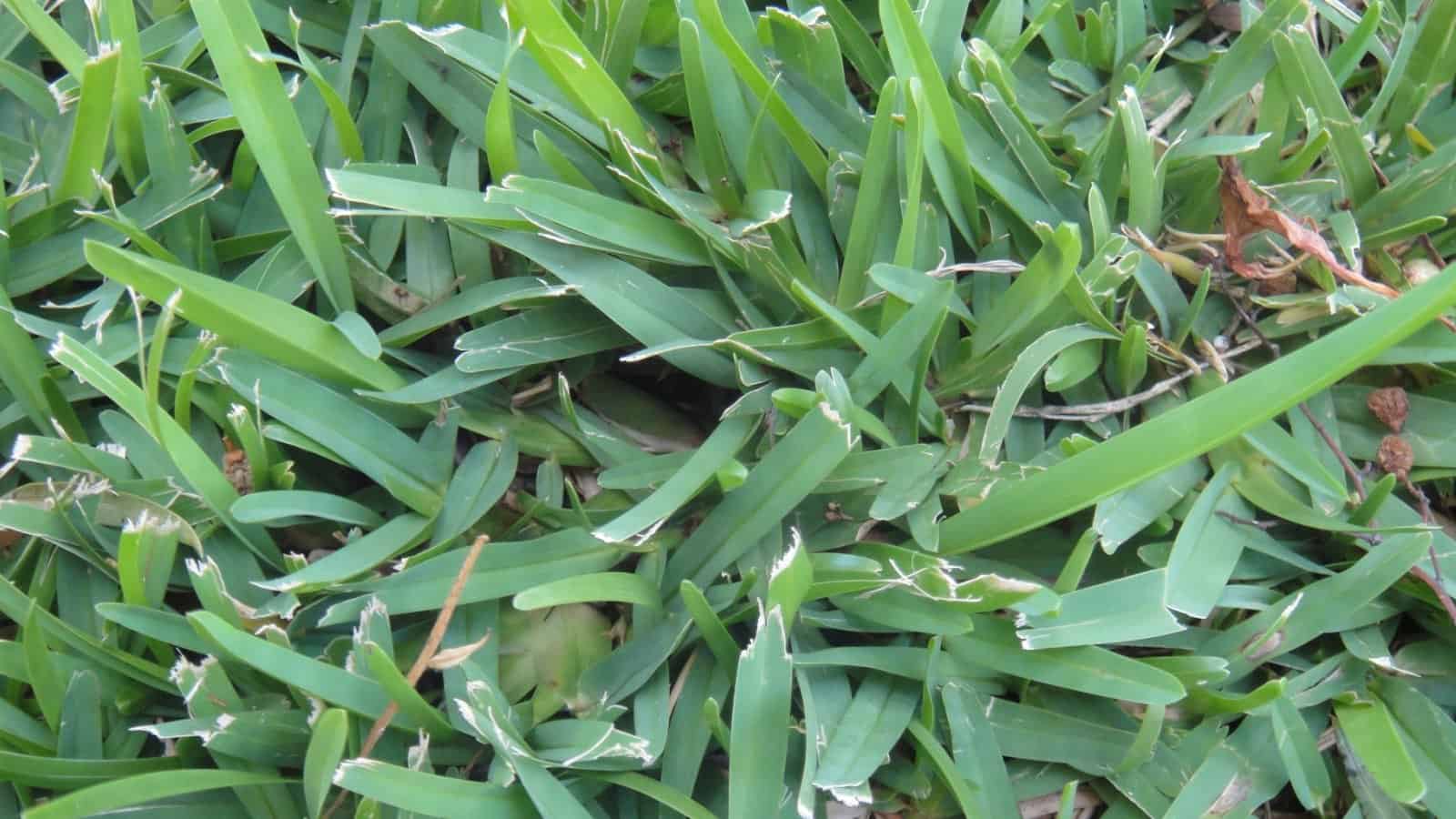
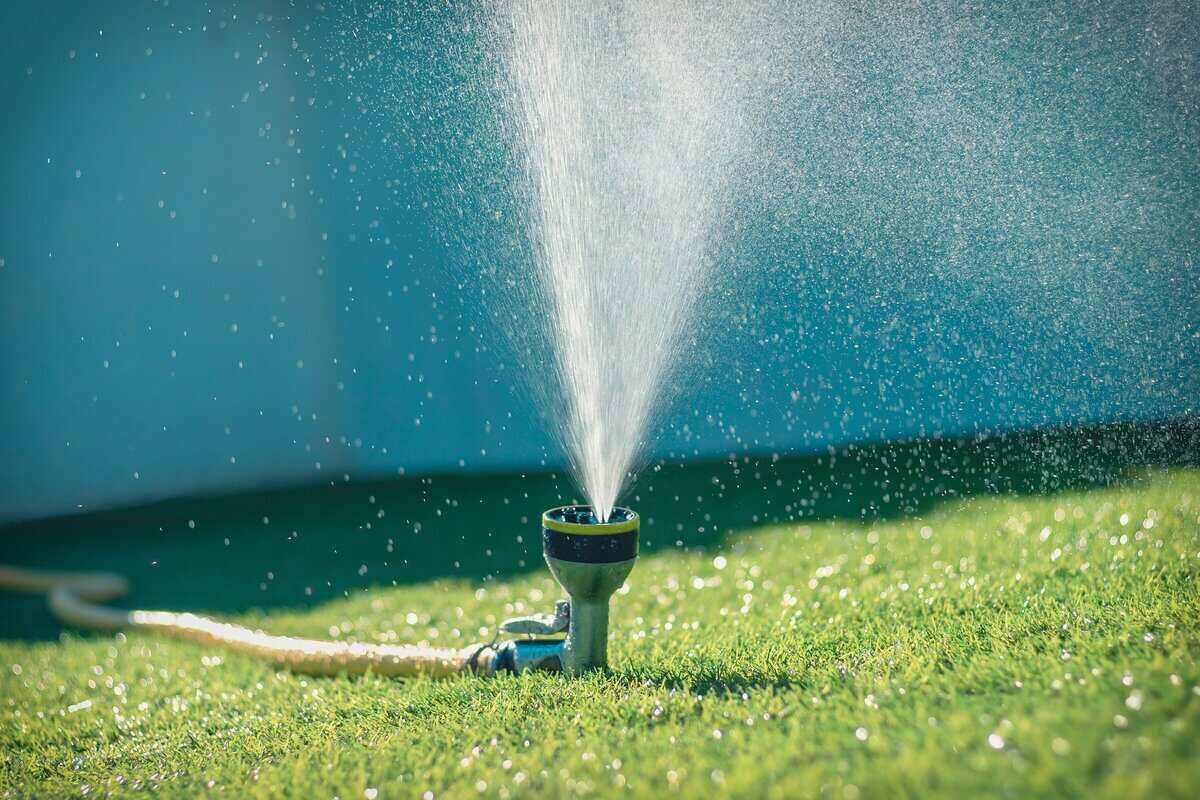

0 thoughts on “How Often To Water My Grass In The Winter”